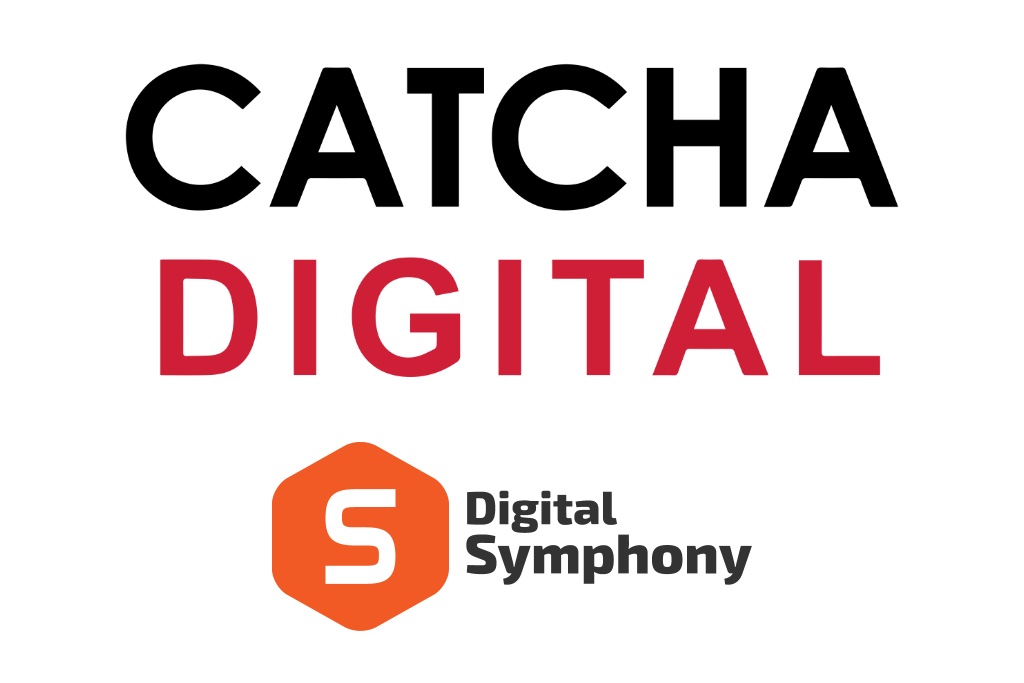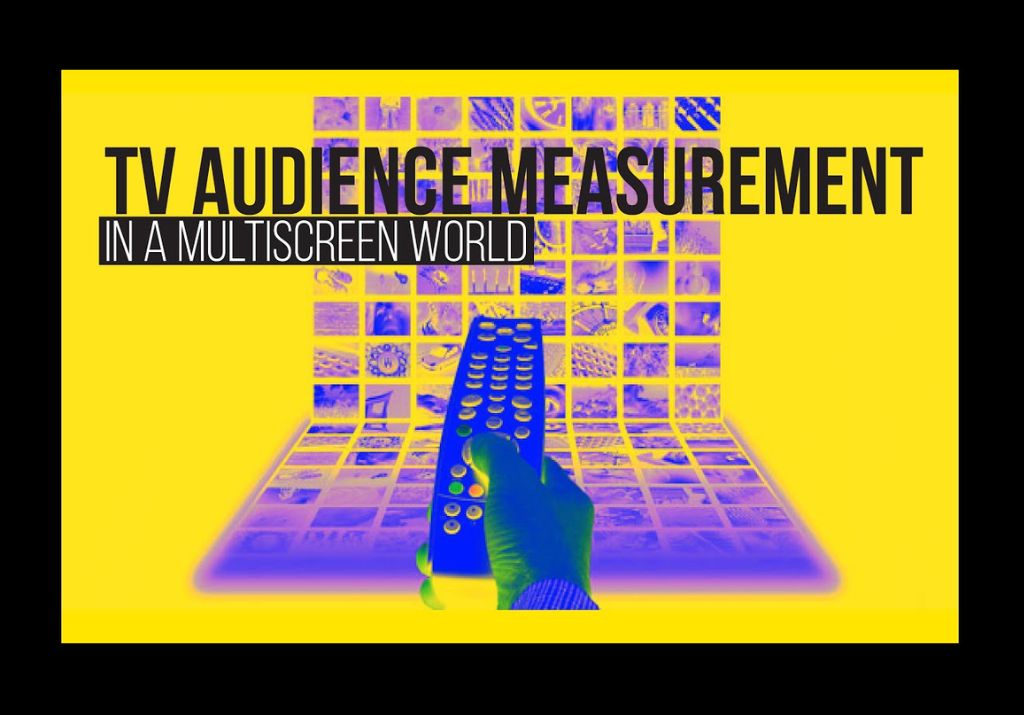I love digital marketing. I’ve been a digital marketer for 25 years, since 1995. But I hate what’s going on in digital marketing today. Advertisers are wasting billions of dollars doing digital marketing incorrectly. I’ve written about this elsewhere [1, 2] so I won’t belabor the point here. This article will focus on what marketers can do to make it better — i.e. how to do digital marketing, leveraging its unique advantages and making it complementary to other marketing channels like “offline” — TV, print, and radio.
Current State – 2020
It’s 2020, and digital ad spending in the U.S. is approaching $150 billion, and $350 billion worldwide annually. The vast majority of the ads (nearly 90%) are now purchased through programmatic channels, where algorithms bid, buy, and place ads in a matter of milliseconds. The latest estimates put the number of ad impressions at 40 trillion impressions per month, or roughly half-a-quadrillion ads per year. (There are only 7 billion total humans on earth.) These gargantuan numbers are the result of big advertisers using digital with a reach and frequency mentality, carried over from TV advertising, and media-agency-think. They think that showing more ads to more people more often, will increase sales. This worked in TV advertising decades ago, but doesn’t work in digital for a number of simple reasons: 1) there are no constraints on supply, because virtually infinite numbers of long tail sites can be created to generate virtually infinite numbers of ads, 2) there aren’t enough humans spending enough time online, and going to enormous numbers of long tail sites to see those ads, and 3) a good portion of actual humans block or ignore the ads anyway. That’s why more ads to more users (many are bots) more often doesn’t drive more business.
Advertisers then claim they use some magic sauce from ad tech vendors to make ads more relevant, and appealing, to users. They do this by harvesting user data (without their consent) and using that data for targeting the ads. Unfortunately a lot of the data is crap and the insights derived from it are even crappier. So the targeting does not work as well as advertisers assume. Most folks are familiar with the creepy ads that follow you around the Internet, even though you’ve already purchased the product. These are “retargeting” ads, which means the ad tech recorded the fact that you visited a particular site or looked at a particular item; it then shows you ads for that brand or product, with the assumption that you would be more likely to buy it, since you already “expressed interest.”
Too Much Retargeting, Not Enough Prospecting
Jonathan Mendez, a veteran of digital marketing, observed recently “why was the single dumbest form of ad targeting, retargeting, the main system of digital ads the past decade?” This stems from a currently held belief that it’s less costly to sell more to existing customers, than to try to win new customers. Joe Brown followed with “Retargeting = lazy marketing. You just show ads to those that have already decided to buy. I have never seen a test vs control studies showing how impactful they actually are. My own test vs control studies have shown they produce no lift over control.” I have also observed some marketers double down on this concept; pharmaceutical marketers were told to target their ads to “high prescribers” only — those who already prescribe their drug, a lot. They allocate as much of their ad dollars to targeting this tiny subset of “high prescribers” at the expense of showing ads to less frequent prescribers, who could prescribe more, and to other doctors who don’t yet prescribe their drug, but who could start (i.e. more sales).
Common sense would tell you that this overemphasis on retargeting, showing more ads to existing customers to try to get them to buy more, almost makes no sense at all. Think about it this way. A family drinks 4 quarts of milk every week. No amount of milk advertising is going to get them to buy and drink 5 quarts of milk a week. It’s just not physically possible, even if they love, love, love milk and even find the milk ads funny, engaging, and memorable. This applies to products less common than milk too; note the remote-controlled bulldozer ad to the right. The customer went to site
and looked at that specific product because they were curious about it. But no matter how many hundred more ad impressions they see of this specific bulldozer, they still can’t buy it since they live in a tiny apartment in New York City and could not possibly use it or store it. Of course these are hypothetical examples.
Missing Out on the 99% That Haven’t Bought From You Before
Let’s do one more simple thought exercise. Using round numbers, there are about 100 million iPhone users in the U.S. This represents about 30% of all humans in the U.S. and about 45% of smartphone users in the U.S. If Apple retargets its digital ads to those users that visited their site or looked at its products, it would repeatedly hit up the same 30% of humans, who already have an iPhone and cannot afford to buy another. Apple would be missing out on targeting ads to the other 70% of humans that have not purchased an iPhone yet – that’s a larger pool of potential customers that may yield more incremental business outcomes. Also, some of those existing iPhone users might simply buy another iPhone anyway, without ever seeing any more ads.
This paradox becomes even more acute if you’re a brand that’s smaller than Apple. What percentage of the total human population of the U.S. buys your product. One percent? One tenth of one percent? If we assume your market share is 1%, that means there are 99 times more humans who have not purchased your product than the ones who have. This gets to the heart of the why I said many advertisers are doing digital marketing incorrectly, right now. They shifted large amounts of their ad budgets into digital (because it was cool to do so). They proceeded to bombard everyone with as many ads as possible — “spray and pray.” They then layered in targeting parameters and retargeting, because of the belief that selling more to existing customers is easier and lower cost. Hopefully you now see how this is wrong on several levels – 1) showing more ads programmatically to more users on more long tail sites is unlikely to increase sales because there are not many humans on long tail sites, 2) of the retargeted humans that are there, they might have already purchased the product or ignored the ad, and 3) you’re missing out on showing ads to the far, far larger audience of humans that have not purchased your product yet.
To illustrate just how extreme retargeting madness has gotten, many marketers even upload their own customer lists (e.g. email addresses) to data brokers and ad tech middlemen, so they can retarget them and find “look alike” audiences to target. Bots love pretending to be whatever audience you are looking for, so they can more efficiently absorb your digital ad dollars. I realize that detractors will say the above is an oversimplification of what is happening in digital marketing right now; and that marketers are more savvy than that. I agree, some are; but I still see many examples happening to this day.
This leads us to how to use digital correctly.
Digital Marketing is Like Baseball; But Mostly the Catching Part.
An analogy that I have used in class for years, when teaching executive education at NYU and Rutgers, is the baseball analogy for digital marketing. This idea came about to address the fact that back then, circa 2007, many marketers were still thinking of “traditional” versus “digital.” This made sense because traditional advertising — TV, print, radio — was based around the size of the audience; while the key metrics in digital were centered around the actions of the users — did they search for something; did they click on the ads, etc. But “digital” should be thought of as complementary to “traditional” not on opposite sides of the Grand Canyon, as it were. Traditional advertising was one-way, and very good at getting one message out to a lot of people — “pitching.” Digital advertising is two-way, and very good at harvesting demand when users come online to do some research and increasingly to make the purchase too — “catching.” We can’t play the game of baseball without both pitching and catching. The point here is that we need to find the right balance between pitching and catching. Right now there’s far too much “pitching” going on in digital, by way of the half-a-quadrillion display ads, and not enough “catching.”

If you think about your own habits as a consumer, when you see an ad, you’re probably not just going to go out and buy the product right away. Most humans now go online to do a bit more research into the product that they are interested in, before they buy it. Of course, humans spend more time researching big ticket and higher complexity products — like cars and computers; they don’t spend much time on low-cost, low-complexity products like soup or soda.
The ad that you saw reminded you that you were looking for something, and may have even turned you on to a brand that you were not aware of before. For example, I was looking for a bike, and the Priority Bicycle ad turned me on to a new brand of bicycles that I was not aware of before. But note the subtle but important difference between ads generating awareness versus ads generating demand. In most cases, like the milk example above, ads don’t and can’t generate more demand from the user (5 quarts of milk per week, instead of 4); the ads generate awareness of the products that can fulfill the demand that was already there — Horizon organic milk vs Happy Cow grass-fed organic milk. I realize some ads generate both awareness and demand at the same time — best illustrated by the success of DTC (direct-to-consumer) brands that launched entirely using digital marketing (no offline media).
A Framework for All Marketing, Not Just Digital

I’ve used the above framework since 2008 to help put the various marketing tactics into perspective. I took the marketing funnel – awareness, consideration, choice, purchase, and loyalty — and turned it on its side, with the top of the funnel on the left side. The left side of the chart is “branding” while the right side is “performance.” When we array the various marketing tactics from both offline and online, we see TV ads on the left and all of digital on the right. This is because TV advertising is more branding-like and digital is more performance-like. When you expand “digital” (to the blue row below) there are certain forms of digital ads that are more branding like – video and display ads (those are on the left side); while other tactics like search ads, cost per lead, and cost per action are definitely more performance (those are to the right-side).
Search ads sit squarely in the mid-funnel — people search for things when they are in the consideration and choice phases, and that’s when it’s optimal to show them paid search ads. You don’t even have to guess who they are, what they like, and when is best to show them an ad. They literally tell you what they are looking for (search keyword) and when they are looking for it. Their age, gender, demographics, etc. are all irrelevant, since they told you what they are looking for. This is where I usually use the example of a grandma with a Harley. It broke down, and she needed a specialty part for it. She goes online to search for the part and buy it. Obviously a grandma is not in the typical demographics of Harley’s customers so they wouldn’t target ads to her. But since she needs the specialty part and is searching for information, Harley needs to ensure she can find the information she needs so she can get to the purchase as quickly as possible. See: Marketing’s Missing Link.
To Play Baseball, You Need Both Pitching and Catching
Often, advertisers have spent all their ad budgets on the quadrillions of display ads and have nothing left for search ads and content creation. Why is this important? All of the budget was spent on awareness driving tactics (display ads); but when the user comes online to look for the product, there is little to no information that helps the advertiser “harvest the demand.” Note that users typically type something like “digital camera” into search, not branded terms like “Sony digital camera, Kodak digital camera, or Canon digital camera.” They search for the thing they want – digital camera – and will decide what brand and model to buy after research. What if Kodak did advertising (”pitching”), but did not rank highly enough in search results, didn’t have much useful content, or didn’t have many reviews about their cameras? Who would win that sale of the digital camera? Right. The camera manufacturer that had the best documentation about the product and numerous reviews (good and bad) on Amazon so the user could judge for themselves. The user ended up buying the Canon camera, even though they were inspired to look further due to the Kodak ad they saw. Canon did the “catching” and harvested most of the ROI from Kodak’s advertising.

This is a classic case of too much “pitching” and not enough “catching.” Too many advertisers spend far too much of their digital budgets buying larger quantities of display and video ads, without even a thought about search ads and content. A better balance needs to be achieved. By having search ads that appear when someone is searching for a product you sell, and by having content on your site and reviews on Amazon that assist the user in making the decision which product to buy, the advertiser dramatically increases their chances of winning the sale, and driving incremental business outcomes. Traditional channels and tactics like TV, print, and radio are ideal at generating awareness – pitching; while digital is ideally suited to help advertisers harvest the demand – catching. Digital is a two-way channel so you have the feedback loops to know what is working well too. And did I mention you only pay when you get the click on search ads, and product reviews are free (if you ask nicely).
Be Sure To Do Enough Catching, Not Too Much Pitching
To wrap this up, it is important for more marketers to review their mix of tactics they are currently spending budgets on. If they are too heavily invested in “pitching” only tactics – like display ads and video ads — and not investing anything in “catching” tactics – like search ads, content, reviews, etc. they are missing out on harvesting demand. Worse, someone ELSE may be harvesting the demand, driven by YOUR awareness ads. To play baseball, you need both pitching and catching.
If you’re a large enough marketer, that’s already doing a substantial amount of pitching using traditional channels like TV ads, print ads, outdoor billboards, etc. then your digital budgets should be more heavily allocated to “demand harvesting” activities, rather than even more “pitching” via billions of display ads and video ads. That’s what I am seeing right now. Smaller brands like DTC brands should still use awareness generating tactics in digital, but be sure to have enough budget and resources allocated to demand harvesting tactics.
Source: Forbes
MARKETING Magazine is not responsible for the content of external sites.









